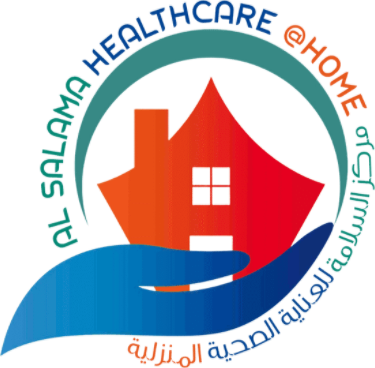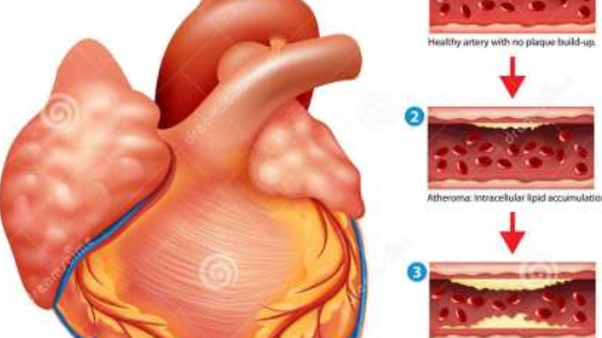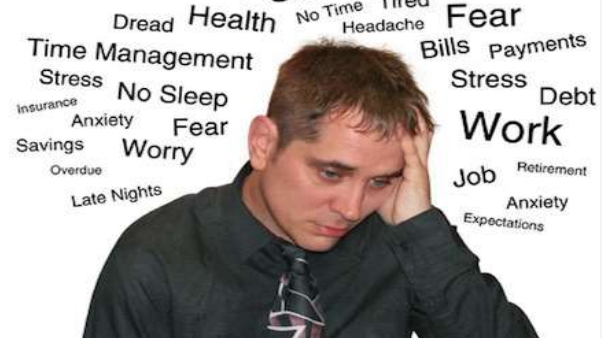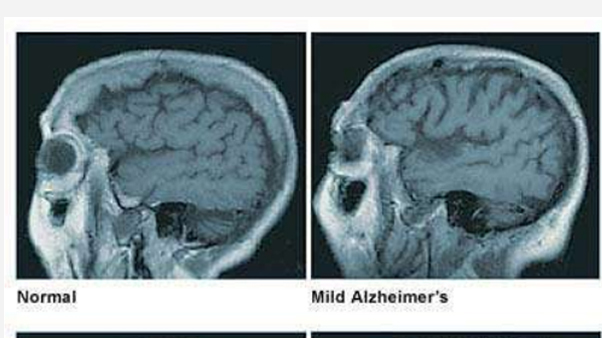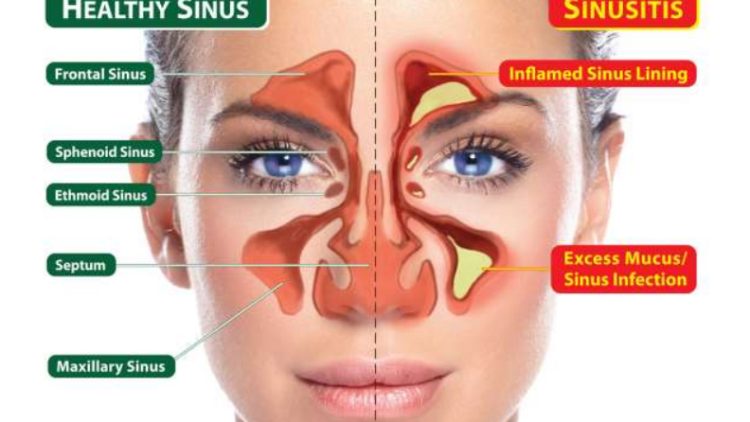Arteriosclerosis / Atherosclerosis
Arteriosclerosis occurs when the blood vessels that carry oxygen and nutrients from your heart to the rest of your body (arteries) become thick and stiff — sometimes restricting blood flow to your organs and tissues. Healthy arteries are flexible and elastic, but over time, the walls in your arteries can harden, a condition commonly called hardening of the arteries.
Atherosclerosis is a specific type of arteriosclerosis, but the terms are sometimes used interchangeably. Atherosclerosis refers to the buildup of fats, cholesterol and other substances in and on your artery walls (plaques), which can restrict blood flow.
These plaques can burst, triggering a blood clot. Although atherosclerosis is often considered a heart problem, it can affect arteries anywhere in your body. Atherosclerosis usually is preventable and is treatable.
Symptoms
Atherosclerosis develops gradually. Mild atherosclerosis usually doesn’t have any symptoms.
You usually won’t have atherosclerosis symptoms until an artery is so narrowed or clogged that it can’t supply adequate blood to your organs and tissues. Sometimes a blood clot completely blocks blood flow, or even breaks apart and can trigger a heart attack or stroke.
Symptoms of moderate to severe atherosclerosis depend on which arteries are affected. For example:
If you have atherosclerosis in your heart arteries, you may have symptoms, such as chest pain or pressure (angina).
- If you have atherosclerosis in the arteries leading to your brain, you may have signs and symptoms such as sudden numbness or weakness in your arms or legs,
difficulty speaking or slurred speech, or drooping muscles in your face. These signal a transient ischemic attack (TIA), which, if left untreated, may progress to a stroke. - If you have atherosclerosis in the arteries in your arms and legs, you may have symptoms of peripheral artery disease, such as leg pain when walking (intermittent claudication).
- If you have atherosclerosis in the arteries leading to your kidneys, you develop high blood pressure or kidney failure.
- If you have atherosclerosis in the arteries leading to your genitals, you may have difficulties having sex. Sometimes, atherosclerosis can cause erectile
dysfunction in men. In women, high blood pressure can reduce blood flow to the vagina, making sex less pleasurable.
Causes
Atherosclerosis is a slow, progressive disease that may begin as early as childhood. Although the exact cause is unknown, atherosclerosis may start with damage or injury to the inner layer of an artery. The damage may be caused by:
- High blood pressure
- High cholesterol, often from getting too much cholesterol or saturated fats in your diet
- High triglycerides, a type of fat (lipid) in your blood
- Smoking and other sources of tobacco
- Diabetes
- Inflammation from diseases, such as arthritis, lupus or infections, or inflammation of unknown cause
Once the inner wall of an artery is damaged, blood cells and other substances often clump at the injury site and build up in the inner lining of the artery. Over time, fatty deposits (plaques) made of cholesterol and other cellular products also build up at the injury site and harden, narrowing your arteries. The organs and tissues connected to the blocked arteries then don’t receive enough blood to function properly.
Eventually pieces of the fatty deposits may break off and enter your bloodstream. In addition, the smooth lining of a plaque may rupture, spilling cholesterol and other substances into your bloodstream. This may cause a blood clot, which can block the blood flow to a specific part of your body, such as occurs when blocked blood flow to your heart causes a heart attack. A blood clot can also travel to other parts of your body, blocking flow to another organ.
Treatments and drugs
Lifestyle changes, such as eating a healthy diet and exercising, are often the best treatment for atherosclerosis. Sometimes, medication or surgical procedures may be recommended as well.
Various drugs can slow — or even reverse — the effects of atherosclerosis. Here are some common choices:
